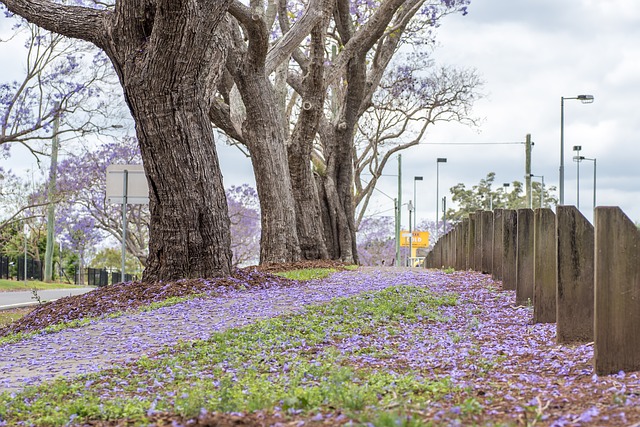Christmas is a time when we can experience strong positive emotions such as kindness, joy, gratitude, generosity, empathy, and compassion. We can also be more considerate, thoughtful, patient, and understanding. The difficulty is maintaining the Christmas spirit throughout the rest of the year – how can we continue to experience these positive emotions and engage in these positive behaviours when we encounter the daily pressures of work, relationships, and expectations (our own and those of others)?
Tailoring mindfulness practice
There are many ways to build positivity and maintain positive emotions and behaviours. Diet and exercise are two of the most popular approaches. Seeking silence in a busy life amid the noise pollution of the surrounding world is another. Mindfulness practice can help us to find the balance and equanimity necessary to manage the daily challenges that can upset our peace of mind and positivity.
What helps to sustain mindfulness practice is finding and tailoring a practice that meets our needs in an arena where we would like to improve ourselves and our reactions, and that can be embedded in our daily routine. It is important that the mindfulness practice, however brief, is conducted on a daily basis so that it can become a habituated behaviour.
I have found, for example, that one arena where I can become frustrated and annoyed is when playing social tennis. Part of the issue is my own expectations about how well I should be able to play. Having played tennis for more than fifty years, with many of those years engaged in competitive tennis, I have the expectation that I should be able to play better than a lot of people. This expectation, however, does not consider the decline in flexibility, reflexes, strength, and mobility that occurs as we age. So, I need to manage my expectations, strengthen my sense of gratitude (e.g., about being able to move and play tennis at all!) and learn to manage my reactions to personal disappointment with the way I am playing on a particular occasion.
What I have found is that mindfulness practices help me to improve my gratitude, reduce my expectations and manage my reactions. What has been of particular benefit to me is Tai Chi – a form of mindfulness practice that directly impacts my tennis playing in a positive way. The desire to play tennis well and enjoy the experience adds motivation to my Tai Chi practice. It has become a practice that meets my needs at the moment for self-regulation and that enables me to improve my positive experience in an arena (social tennis) that I thoroughly enjoy.
Developing a personal mnemonic
People often use affirmations to help embed a belief, a behaviour, or an orientation. Another way to achieve these outcomes is to develop a personal mnemonic that captures the core benefits that you are seeking. For example, with Tai Chi I have developed the following mnemonic that keeps the benefits of this practice at the forefront of my mind, strengthens the desire to practice and reinforces the positive outcomes that I experience.
My mnemonic for capturing the benefits of Tai Chi for my tennis is as follows:
- F – flexibility in muscles and overall movement is increased considerably
- R – reflexes are improved and increased in speed of response
- A – awareness is heightened of every aspect of tennis play (e.g., movement of the ball, environmental factors, other players)
- I – intention, integration and interaction are strengthened
- C – coordination and concentration (which go hand-in-hand) are enhanced along with balance
- H – heart health improved through better circulation and improved breathing
- E – energy and motivation are improved.
The mnemonic stands for “fraiche” – a term which itself has positive connotations when viewed as a delectable dessert.
Reflection
Developing our own mnemonic is one way of reminding ourselves of the benefits of a personalised mindfulness practice and will enable us to maintain our motivation and increase the frequency of our practice. As we grow in mindfulness through our personalised practice, we can maintain the positive emotions and behaviours that are characteristic of the Christmas spirit.
___________________________________________
Image by monicore from Pixabay
By Ron Passfield – Copyright (Creative Commons license, Attribution–Non Commercial–No Derivatives)
Disclosure: If you purchase a product through this site, I may earn a commission which will help to pay for the site, the associated Meetup group and the resources to support the blog.



